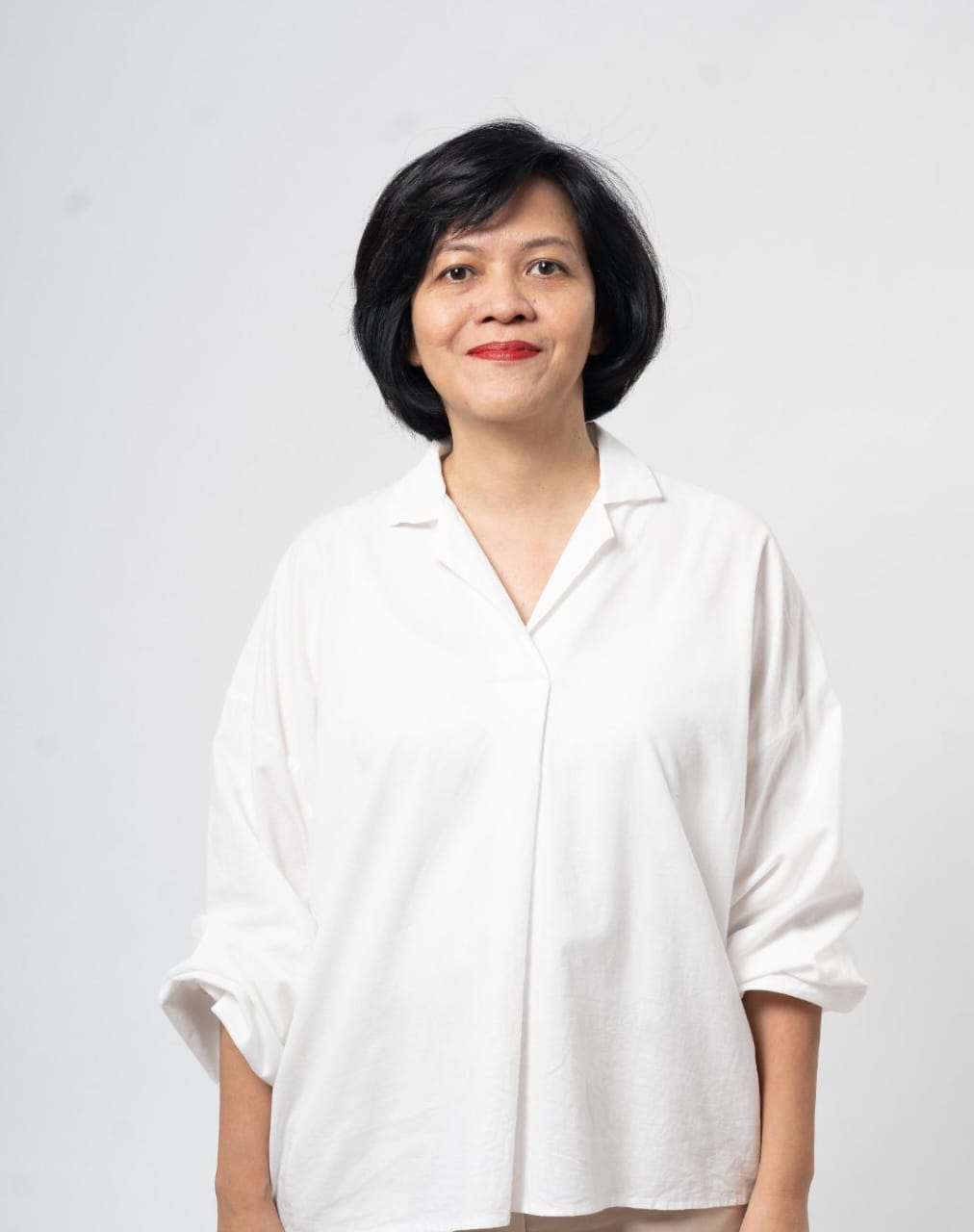Depok, 30th August 2023. Prof. Dr. Ir. Imansyah Ibnu Hakim, M.A., IPM., this morning was inaugurated as a professor in the field of Thermal Energy Conservation Engineering at Universitas Indonesia (UI). In his inaugural speech, he delivered his scientific oration entitled “Mindset of Energy Conservation: Conservation of Thermal Energy Towards a Sustainable Future”. This was conveyed by Prof. Imansyah as an effort to socialize the importance of energy conservation, thus it can contribute to achieving one of the sustainable development goals (SDGs), namely clean and affordable energy and tackling climate change.
Based on data from the Central Statistics Agency (BPS) 2023, the population increase in Indonesia is 1.05% from the previous year and currently reaches 278.69 million people. With the increase in population, it will be accompanied by an increase in various living needs and technological developments. Therefore, energy needs will continue to increase along with economic development and population growth.
The increase in population and economic growth combined with global climate change conditions has driven an increase in the need for cooling energy in buildings. In areas that have a tropical climate with hot temperatures and high relative humidity, a Heating, Ventilating, and Air Conditioning (HVAC) system is needed to maintain room comfort in the building. Humidity control is very important to maintain comfortable and healthy conditions for occupants in a building.
“Of course, this results in an increase of energy consumption for air conditioning in buildings. The energy requirement reaches around 40-60% of the total energy consumption in the building,” said Prof. Imansyah. He added, according to ASHRAE Standard 55 (2010), it is recommended that the temperature and humidity in a building’s room should be maintained at 23°C and 50% humidity. To meet these requirements, there are two types of cooling methods known as active and passive cooling systems.
Active cooling systems use mechanical ventilation and HVAC air conditioning systems to produce a cooling effect. Meanwhile, a passive cooling system maintains a comfortable temperature in the building through a natural convection process. Passive cooling systems will reduce heat gain with low or no energy consumption. One of the passive cooling techniques is to use a heat pipe or more precisely by using a Close Loop Pulsating Heat Pipe (CL PHP).
Heat pipe is a technology that has been around for a long time and has been used in various applications related to heat transfer. The use of immovable components and without the use of additional energy is an advantage of using heat pipes in heat recovery systems. Heat pipes are widely applied in various fields because they have the characteristics of high thermal conductivity, very large heat transfer capacity, small amount of working fluid, do not use moving components, are passive (do not require an external power supply or do not use additional energy). Heat pipe applications are currently widely used to cool game consoles, computers, laptops, and several other computer devices that produce quite large heat fluxes, such as mainboard chipsets, VGAs, and memory chipsets.
“It is time for the current generation to form its mindset with a mindset of energy conservation. Thus, we will contribute to the achievement of sustainable management of natural resources and the environment as a support for all life. Development of heat pipe technology as an effort to conserve thermal energy. Heat pipe technology has been proven to be able to increase energy efficiency, be able to save energy, and be able to carry out heat recovery. Of course, creativity and innovation are still needed in developing this heat pipe technology,” said Prof. Imansyah.
During the professor’s inauguration procession which was led directly by Rector of Universitas Indonesia Prof. Ari Kuncoro, S.E., M.A., Ph.D., at the Convention Hall, UI Depok Campus, was also present the President Director of PT Radiant Utama Interinsco Ir. Sofwan Farisyi, M.M., Ph.D., and Chief Operation and Supply Chain Officer of PT Suntory Garuda Beverages Ir. Snowerdi Sumardi. This event was also broadcast virtually via Universitas Indonesia YouTube channel and UI TV.
Prof. Imansyah completed his Bachelor of Engineering education at the Department of Mechanical Engineering, Faculty of Engineering, UI in 1993. Then, in 2000 he received his master’s degree at the Department of Advanced Energy Engineering Science, Interdisciplinary Graduate School of Engineering Sciences, Kyushu University, Japan. In 2006, Prof. Imansyah returned to UI and successfully completed his doctoral program in 2012. Some of his scientific works in the last three years include Investigation of Thin-Layer Drying of Coffee Beans Using a Double-Condenser Compression Refrigeration System: Effects of Air Mass Flux, Specific Humidity and Drying Temperature (2023); Utilization of U-shaped finned heat pipe heat exchanger in energy-efficient HVAC systems (2021); and Utilizing heat pipe heat exchanger to reduce the energy consumption of airborne infection isolation hospital room HVAC system (2021).



